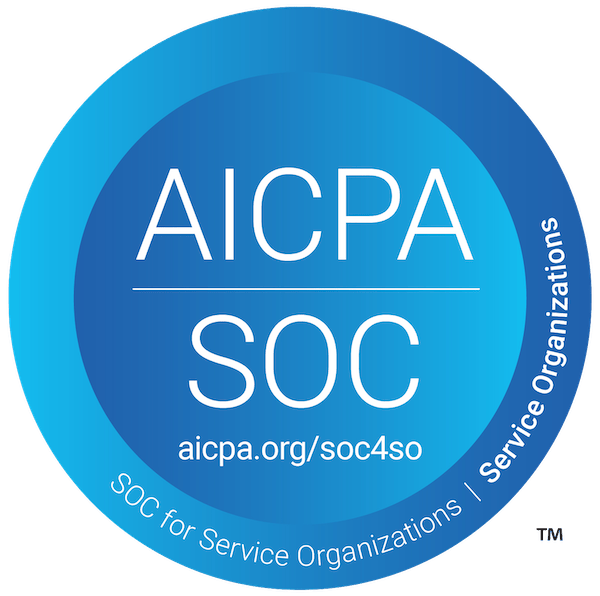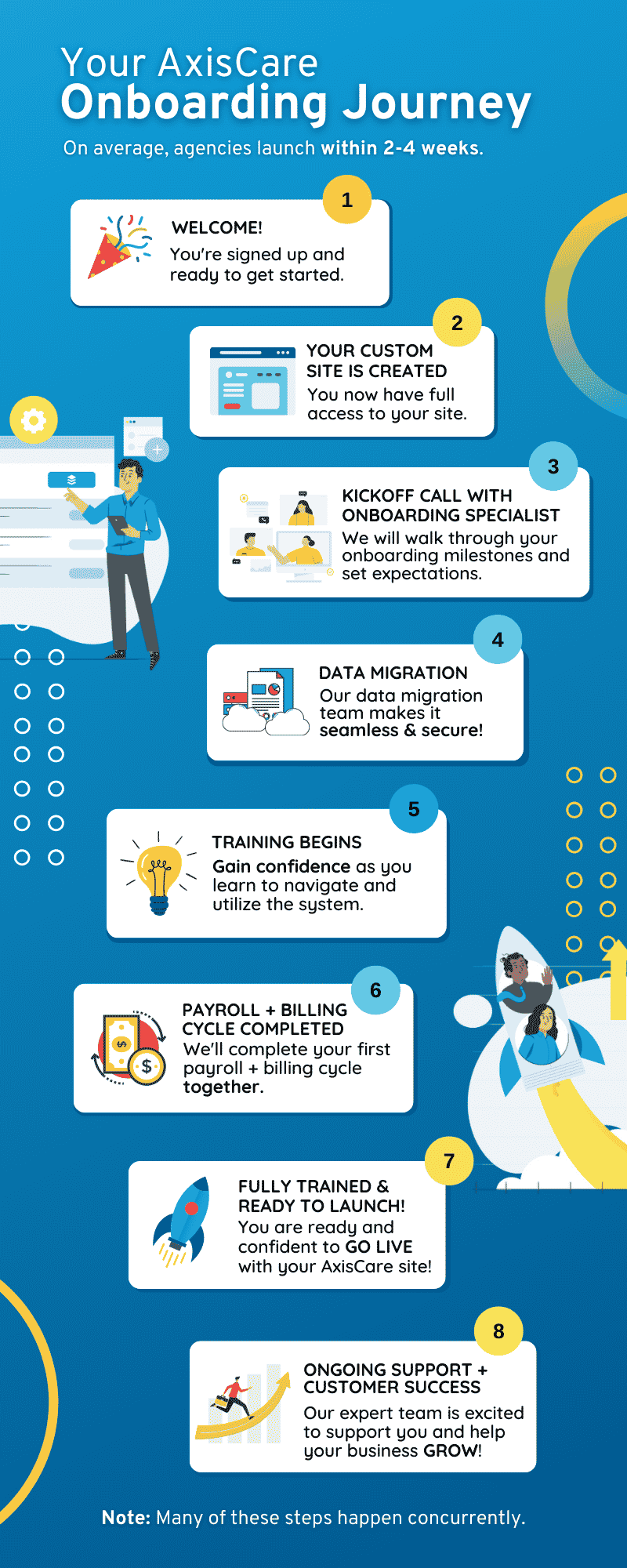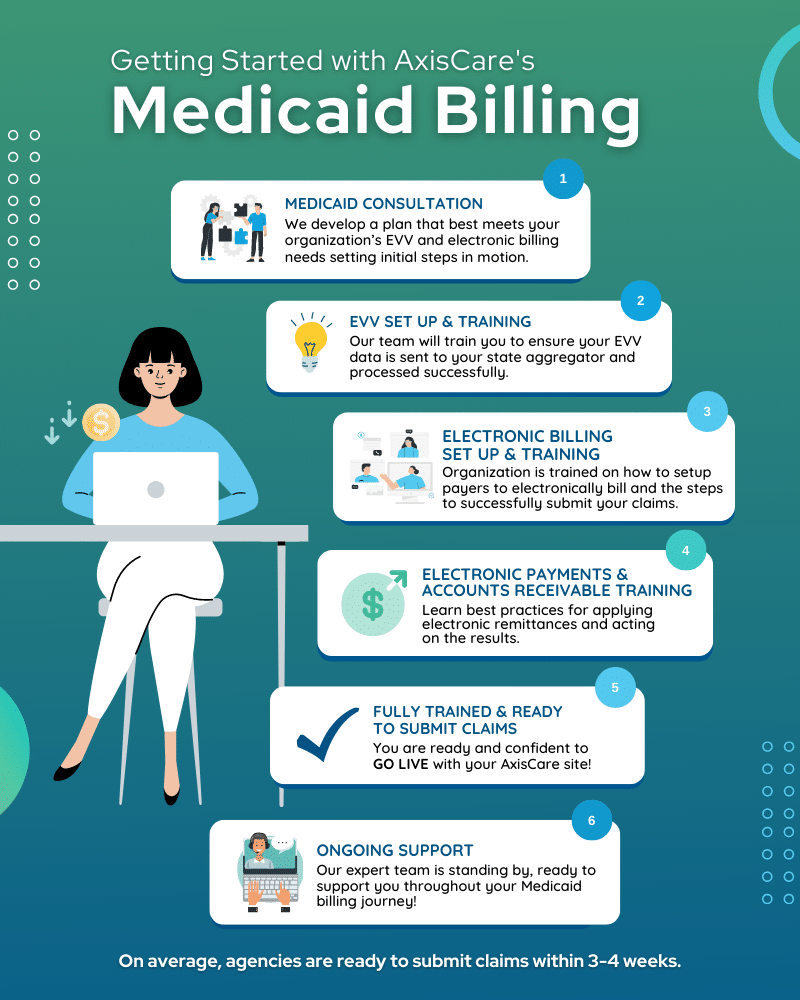While financial guardrails might restrict how much you can pay your caregivers, other ways exist to compensate and reward staff beyond the dollars and cents. A strategically designed employee benefits plan is a great way to supplement your wages and stay competitive in an increasingly tight job market.
Offering benefits that are valuable to caregivers and creative enough to stand out to potential applicants will go a long way toward attracting and retaining employees.
Looking for inspiration? We’ve compiled a list of potential benefits to consider so you can pick and choose which ones are appropriate for your agency’s needs, size, and circumstances (while coming up with a few of your own).
What are Caregiver Incentives?
Caregiver incentives are non-financial rewards or compensation opportunities designed to increase employee satisfaction. As a knock-on effect, they can also help boost your home care agency’s ability to recruit and retain talent.
Importance of Caregiver Incentives
Caregivers play a vital role in providing support and assistance to individuals who are often vulnerable, such as the elderly, disabled, or those with chronic illnesses. In many cases, their intense and highly involved work is associated with modest pay – so it’s essential to recognize their value in diverse and creative ways.
Benefits That Caregivers Frequently Ask For
Which perks are on caregivers’ wish lists? Based on thousands of interviews conducted by Home Care Pulse throughout the country, certain patterns have emerged for the most requested benefits.
Chief among them is paid time off: a chance to rest and recharge from their demanding work. Since many caregivers are required to commute between patients’ homes, mileage reimbursements and gas cards were also highly sought after.
Performance bonuses are a great way to highlight exceptional work without locking in a recurring pay bump, and paying for training provides an opportunity for professional development without the financial burden. Paid sick leave and flexible schedules rounded out the list of the most frequently requested caregiver benefits.
Types of Caregiver Incentives
Incentives fall into a number of different categories. Some of them may come to mind as more “traditional” benefits, whereas others have been popularized over the years as companies have explored their creativity.
Competitive Compensation & Benefits
Most companies invest in benefits for their employees’ health and wellness. Insurance is one of the most common ones, whether it’s general health insurance, life insurance, or supplemental coverage for vision and dental. Since caregiving is often an emotionally taxing role, some organizations also offer training on topics like stress management and mental health, as well as psychotherapy coverage.
Wellness programs have increased in popularity over the years, from gym membership subsidies to agency-wide fitness programs or challenges. Some companies even sponsor employee participation in fitness events like 5k runs, 10k runs, and marathons. No matter the incentive, the underlying idea remains the same: movement is key to overall health, and when employees are encouraged to look after their well-being, everyone wins.
In a previous blog post, we explored the trend of rising caregiver wages. This increase is driven by a combination of labor shortages, minimum wage hikes, and cost of living variations. As the demand for in-home care grows, agencies are finding it necessary to offer competitive pay and benefits to attract and retain talent in this employee-driven market. However, this presents a challenge for agencies as they strive to balance higher wages with their bottom line, particularly when services are paid by Medicare and Medicaid. We invite you to read more about this important topic here.
Performance-Based Incentives
Performance-based incentives reward caregivers for outstanding work. Recognizing their efforts to go above and beyond can improve motivation and job satisfaction. One such recognition could be a special bonus or reward on National Caregivers Day, which falls on the third Friday of February, to acknowledge their hard work and dedication. There are myriad benefits under this umbrella, from standard performance bonuses to referral bonuses for caregivers who successfully bring another employee into the fold.
Incentive programs are specifically designed to reward caregivers who reach certain performance goals, and training rewards follow the same format for employees who achieve certain training goals. Finally, longevity bonuses are awarded to staff based on their years of service.
Educational Development Support
This category is all about providing financial support for certifications, skills development, and continuing education for caregivers. Like all incentives, these perks are designed to benefit the caregiver – but agencies also benefit from training and upskilling their team.
Opportunities in this category can include go-at-your-own-speed online training, hands-on training like workshops, company access to professional caregiver training databases, and mentorship programs that pair experienced caregivers with new hires. Agencies can also arrange to offer internship credit or experience with local colleges and CNA schools, as well as additional or personalized training to caregivers working for internship credit.
On the financial side, organizations may also choose to reimburse tuition or certification expenses for caregivers pursuing additional education.
Work-Life Balance Support
In the world of caregiving, burnout is a very real and present risk, which makes work-life balance all the more important. These incentives help employees balance work and personal life, while providing support.
A generous maternity and paternity leave structure, flexible scheduling, and childcare benefits are major boons for caregivers who are also parents. Paid overtime and 1.5X holiday pay are also key financial incentives to keep caregivers motivated and feeling appreciated when work gets busy. A 401(k) matching plan and other retirement plans prove that you’re invested in your employees’ bright futures, as well as money management courses for their financial health both now and into the future.
Other Benefits
Advertising a benefit that’s unusual, creative, or fun can make your agency stand out from the rest. Use these ideas to supplement a larger benefits package and round out your plan. You can really think outside the box with this category, from a discount pamphlet for local businesses (movie tickets, oil changes, haircuts, restaurants, etc.) to paid time off for volunteering or paid birthdays off.
Sponsoring an employee lunch or dinner is a simple way to show your appreciation, and employee of the month awards can be as creative and humorous as you like. Agencies can also encourage clients to leave a positive comment about their caregiver, then do a raffle at the end of the month, quarter, or year by pulling those comments out of a hat.
Motivate Your Caregivers With AxisCare
Caregivers make every effort for their patients, so they deserve extra effort in return. Caregiver incentives can help attract and retain talent, enhance the quality of care through motivation, and even foster teamwork through group activities and celebrations.
Here’s one more way to support your staff while they’re on the ground: onboarding a home care software solution that makes their jobs simpler, easier, and more streamlined. Book your AxisCare demo today.











